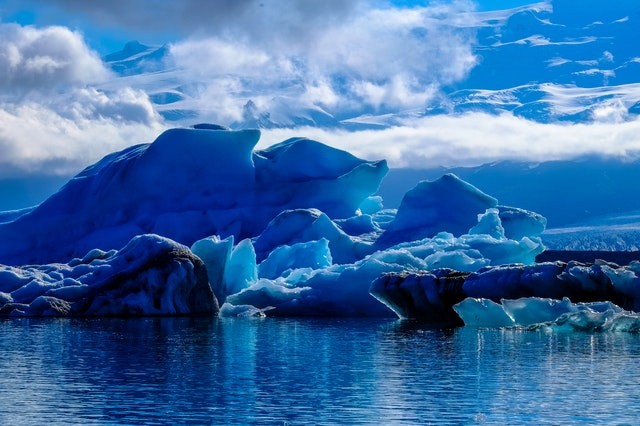The low ice at northwestern Greenland Camp Century completely melted at least once during the previous million years and was filled with vegetation, moss, and possibly trees, according to a paper released in the Proceedings of the National Academy of Sciences.

Examination of This Remarkable Sediment
University of Vermont's Department of Geology and the Gund Institute for Environment researcher Doctor Andrew Christ disclosed that ice sheets usually dissolve and destroy everything in their way. But what they found out was fragile plant patterns - flawlessly conserved.
"They're fossils, but they seem as if they withered yesterday. It's a time pill of what used to live on Greenland that they would not be able to locate anywhere in the world."
Dr. Christ and colleagues examined sediment at the core of the Camp Century ice core, gathered 75 miles (120 km) from the shore in northwestern Greenland. They clarified that the subglacial sediment from the Camp Century ice bottom was obtained in 1966. The sediment was kept frozen, first from 1966 at the University at Buffalo, until it was transmitted in 1994 and 1996 to the Niels Bohr Institute.
The sediment, frozen below almost 0.9 miles (1.4 km) of ice, hold well-conserved fossil biomolecules and plants gotten from at least two ice-free mild intervals in the few previous million years.
The Camp Century Ice Core
The scientists explained that they utilized a sequence of highly analytical methods - none of which were readily accessible to scientists 50 years ago - to study the sediment, the waxy coating, and fossils of leaves discovered at the ground of the Camp Century ice sheet.
For instance, they assessed ratios of unique isotopes of both the element beryllium and aluminum that shape in quartz only when the floor is revealed to the sky and can be struck by cosmic rays.
The additional examination used unusual patterns of oxygen, discovered in the ice inside the sediment, to demonstrate that precipitation must have declined at much lower peaks than the height of the present ice sheet, revealing the ice sheet is missing.
The authors determined that the Greenland Ice Layer continued over much of the Pleistocene but reformed and melted since 1.1 million years ago, at least once. Dr. Christ explained that their research indicates that Greenland is a lot more susceptible to normal climate warming than believed - and they already understand that society's out-of-restraint warming of the earth greatly outperforms the normal rate.

Looks Can Be Deceiving
"Greenland may appear far away, but it melts easily, pouring plenty into the oceans that Miami, Dhaka, New York - pick your state - will go inside water" explained by scientist in Rubenstein School of the environment and Natural Resources at the University, the Gund Institute for Environment of Vermont in the department of geology.
The finding aids in substantiating a recent and unsettling perception that the Greenland ice has melted off altogether during previous warm periods in the world's history -- those periods such as the one presently generated with human-created climate change.
RELATED ARTICLE : Oldest Ice in Earth: The Hidden Glacier Ice in McMurdo Dry Valleys
For more news, updates about plant fossils and similar topics don't forget to follow Nature World News!
© 2026 NatureWorldNews.com All rights reserved. Do not reproduce without permission.





